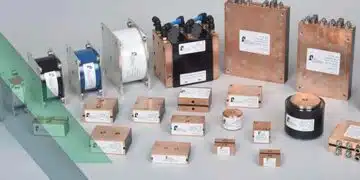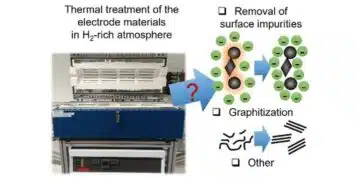Source: EPS news
by EDX’s Dennis Menefee, president & CEO
The causes, effects and implications of “The Great Component Shortage of 2018” have been thoroughly analyzed. The automotive and IoT industries have been driving unprecedented demand for smaller and more efficient passive electronics, which in turn has stretched lead times for these once- commoditized components to the breaking point. What hasn’t been discussed, however, is the equal pushback OEMs are giving suppliers when the desired inventory is within their grasp — and how that needs to change.
There’s a degree of irony in the fact that, in the face of the most significant component shortage since the turn of the century, OEMs are regularly holding high-level meetings about how to rid themselves of on-hand inventory. It’s the classic “have your cake and eat it too” dilemma; despite their inherent need to support their products for a complete life cycle, OEMs are wary to commit to purchasing the required inventory to do so.
As paradoxical as that seems, there are understandable reasons behind their logic. Cash is and will always be king, and it’s hard to see the advantages of purchasing such high quantities of inventory at once when it requires parting with precious working capital to do so. Like all purchases, orders on this scale are investments — and the larger they are, the longer it will take to unlock the revenue they bring.
That’s, of course, assuming they bring any revenue at all. Companies on all sides of the supply chain are risk-averse by nature, and the procurement of large inventory stockpiles is the very definition of risk. Recent headlines such as the warehouse fire that halted Ford F-150 production reflect the worst-case scenarios in play when critical inventory is sourced from a single location. Each purchased component lost to natural disasters, improper handling, or even everyday inventory shrinkage represents a failed investment.
And this says nothing about the inherent carrying costs associated with housing inventory. These costs are rising by the year — especially as OEMs are increasingly incorporating highly-sensitive critical components into their designs, many of which require strict warehousing and packaging protocols. At my company, we have seen manufacturers struggling with annual carrying costs as high as 30 percent of the component’s original value.
Operating under a consignment-esque model with a supplier guarantees that, at the very least, financial responsibility for inventory warehousing and fulfillment is shared between separate parties. The supplier has a guaranteed buyer, the OEM can maintain working capital until the last possible moment, and everyone goes home happy.
The issue with that, of course, is in a high-demand market, suppliers are heavily pressured to turn inventory quickly — very quickly. Without a PO in place, there’s little a supplier can do if a competing manufacturer offers three times the asking price for inventory set aside for another. Promises forged from words will never trump the promises forged from cash on the barrelhead.
To avoid this issue, it’s on the manufacturers to step up to the plate and commit to their inventory — all their inventory — upfront. Promising to “pay and fulfill” as needed, in this market, is just not going to cut it. This means instead of being a low-volume, high-order customer, manufacturers must transition toward becoming a high-volume, low-order customer.
This isn’t a transition that’s going to happen overnight and doing so requires a fundamental shift in how OEMs prepare to support a new design. Big Data, for example, should be fully embraced as an essential tool for reliable demand forecasting. In 2017, The Hackett Group published a study that indicated 53 percent of supply chain analysts see Big Data as “critically important” for balancing working capital investment with service levels. That’s a reasonable ambition but considering the state of the market we currently operate in, it’s a misguided one. Focusing on Big Data as it relates to capital investment implies that OEMs are still prioritizing the same low-volume, high-order mindset that leaves their ability to complete product life cycles in jeopardy.
That same study illustrates only 35 percent of analysts viewed Big Data as critically important for creating forecasts, and only 29 percent see it as critically important for evaluating forecast performance. In my opinion, those percentages should be far higher, and will do significantly more to aid manufacturers in the short term.
When suppliers catch up to market demand in the coming years — and they will — then OEMs can stockpile working capital once again. Now is the time to spend in the name of your product, not save in the name of your quarterly figures. Do this, and you’ll go a long way toward surviving this shortage unscathed.

































